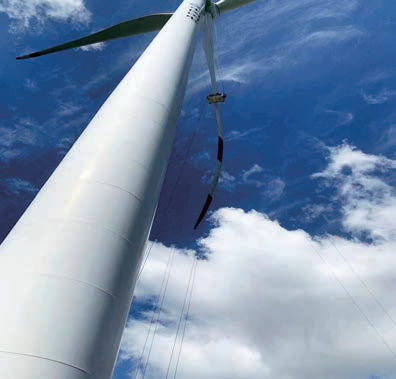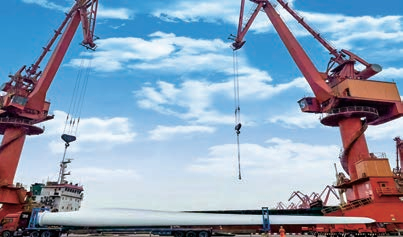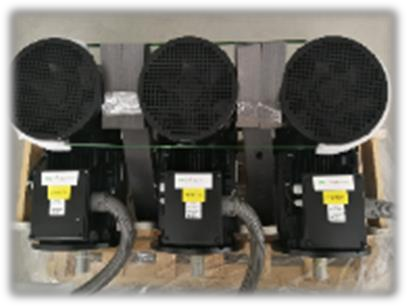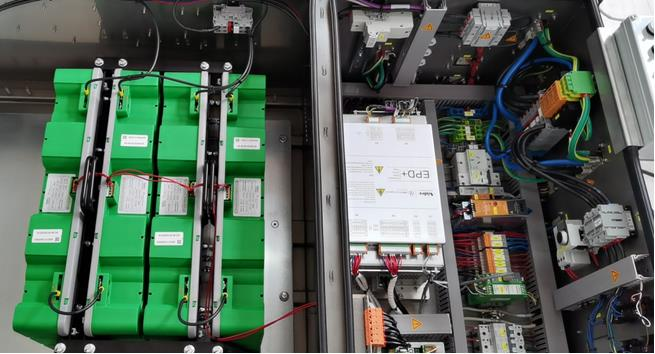 Wedoany.com Report-Feb 18, Bidding for what could potentially be Australia's largest wind and solar tender concludes this week, specifically at 5pm on Tuesday. There's a growing concern that this might be the last tender of its scale, at least for now.
Wedoany.com Report-Feb 18, Bidding for what could potentially be Australia's largest wind and solar tender concludes this week, specifically at 5pm on Tuesday. There's a growing concern that this might be the last tender of its scale, at least for now.
The current Labor government has pledged to deliver at least 23 gigawatts (GW) of new wind and solar capacity, along with an additional 9 GW (36 GWh) of storage capacity, as part of its Capacity Investment Scheme. This scheme is crucial for helping the country achieve its target of sourcing 82% of its energy from renewables by 2030.
The first tender under this scheme was finalized late last year, with 19 projects securing more than 6.3 GW of wind and solar capacity, many of which are paired with large batteries totaling 3.6 GWh. These projects won a type of government underwriting agreement.
The second tender for generating capacity closes on Tuesday, aiming to secure another 6 GW of capacity, though the final allocation could be even larger based on the level of interest.
However, whether the results of this tender, expected at the end of the year, will come to fruition, and if subsequent tenders will follow as planned by Labor, hinges largely on the outcome of the federal election due by May.
The election results are looking increasingly uncertain, based on recent opinion polls. Neither Labor nor the Coalition is likely to secure a majority, with polls suggesting the Coalition could gain the support of a few independents to form a government.
Labor's only chance of retaining power lies with the support of independents and The Greens. However, it's unclear if Labor, given its leader's distaste for such arrangements, would prefer this scenario.
A Coalition government, even with the support of conservative independents, could be detrimental to Australia's renewables industry if their policies are enacted. The opposition leader has advocated for nuclear power and extending the life of aging coal-fired power plants until nuclear power can be built.
Meanwhile, the Australian Energy Market Operator has identified the aging coal fleet as the biggest risk to reliability, highlighting the need for replacement, preferably with renewables and storage, but also with additional gas capacity.
The Greens recently sought to protect the Capacity Investment Scheme by passing new laws enshrining it in legislation, similar to their approach a decade ago to safeguard the Clean Energy Finance Corp and the Australian Renewable Energy Agency.
Times have changed, and while the legislation is secure as long as the current Senate numbers hold, a different political landscape looms. The previous conservative government successfully delayed and derailed the renewable energy target, effectively stalling the industry for years.
The Capacity Investment Scheme has finally helped the industry regain momentum towards the 82% target, despite utilities focusing more on large batteries than new wind and solar capacity. However, transmission and planning issues continue to hinder developments.
Moreover, given the Nationals' repeated pledges to terminate contracts written by Labor with new renewable energy facilities, there are genuine concerns about the scheme's continuation. The actions of determined ideologues in other countries, such as the US, have shown how conventions and even laws can be challenged.
The conservative Liberal National Party in Queensland has already signaled its lack of interest in the state's legislated renewable energy targets inherited from Labor, announcing a $1.5 billion commitment to reinforce its status as the state with the highest dependence on coal-fired generation and introducing new planning rules that could slow down or stall new wind and solar projects.
Of course, nothing is certain, and much can change in a few months. Canada's upcoming elections will be of great interest, as its conservative parties appear poised to repeat a decade-old campaign against carbon pricing.
Meanwhile, in Australia, the opposition leader is borrowing tactics from former US President Trump, focusing on scare campaigns around law and order, immigration, and renewables, while vaguely promising to slash government spending and agencies.
Australia is also witnessing the potential consequences of such an approach, with businessman Elon Musk waging an extraordinary war against government institutions, justified by erratic and unfounded claims. Musk's actions and influence, amplified through social media, could further complicate the political landscape ahead of Australia's election.

















